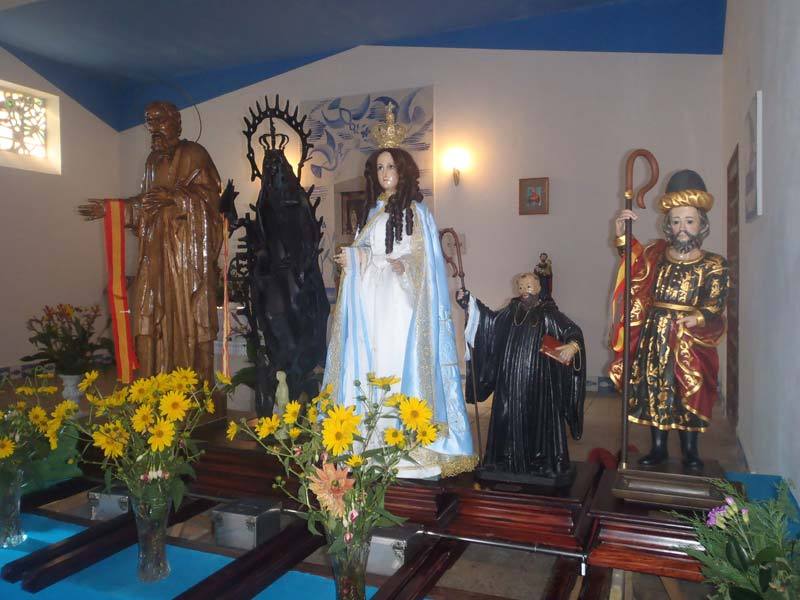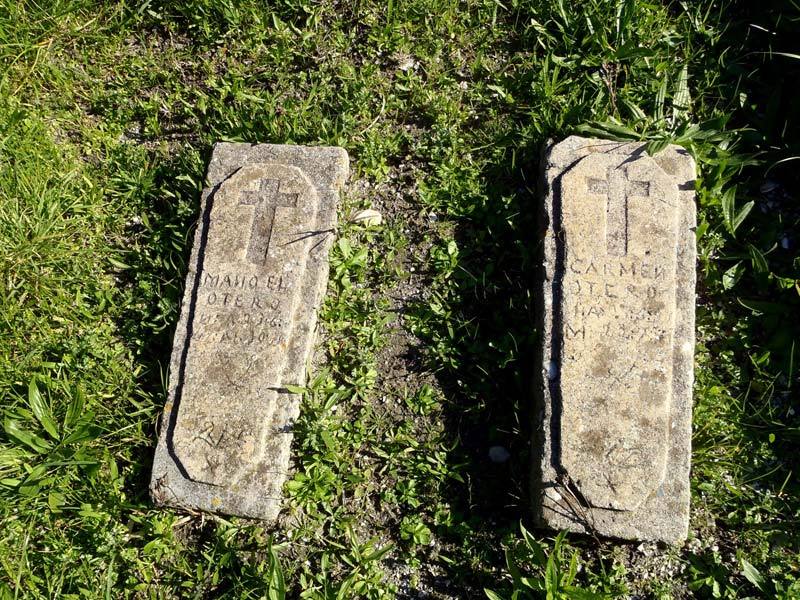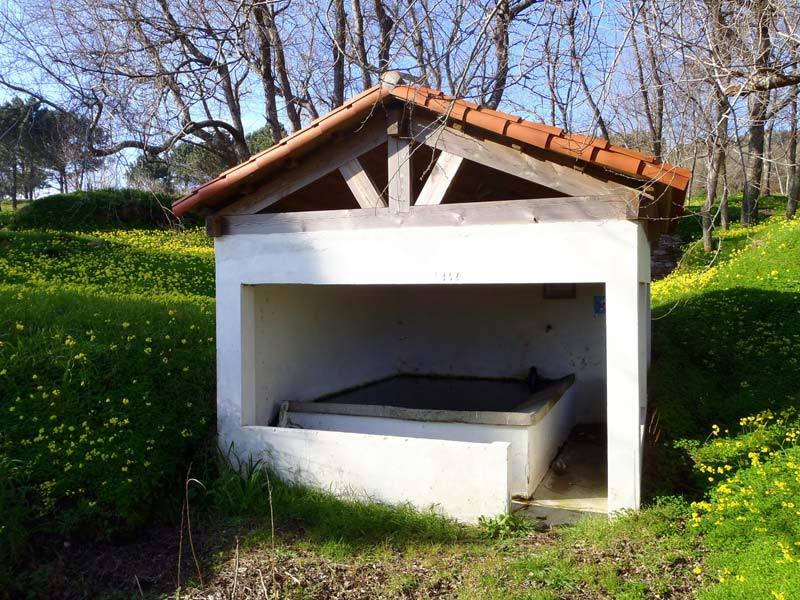The lack of medical assistance, caused having to use medicinal plants, developing popular healing practices, treating different conditions, with a very important figure of the midwife (a woman who helped pregnant women).
It´s essential to know that the inhabitants were never owners of the land they worked, or the houses they built and used, always paying fees for their use since the Middle Ages, until the times of the ICONA. Today, they have a concession, and no more than 10 residents spend the whole year on the island. In the summer, they return and celebrate the festival of San Xaquín, their employer, showing the affection they feel for their land which is an island.
Despite the different administrations exchanged the island management, and even the construction of a village in the 60s, Curro Civic Center (with a new church, school, communal farm and housing for teachers, the doctor and the priest), there was never a permanent doctor or priest so the residents asked for the construction of a dike at the dock to protect new more productive motor boats that would replace the old ones called “dornas”. But this project was never carried out so the fate of Ons residents would be on the mainland, or emigration, where this service and other basic services were available. Therefore, the island was gradually depopulated, accentuating this process in the years 70/80.


